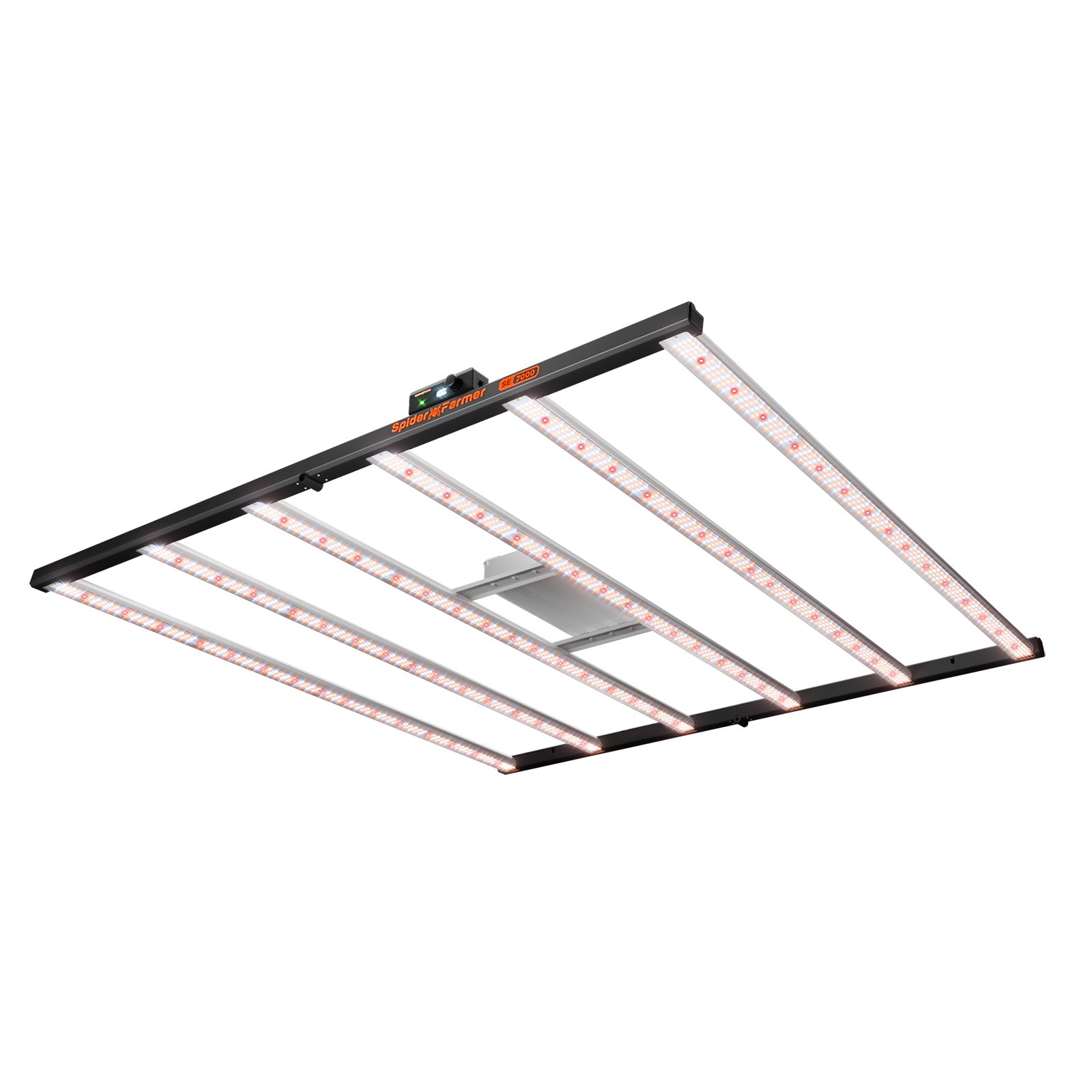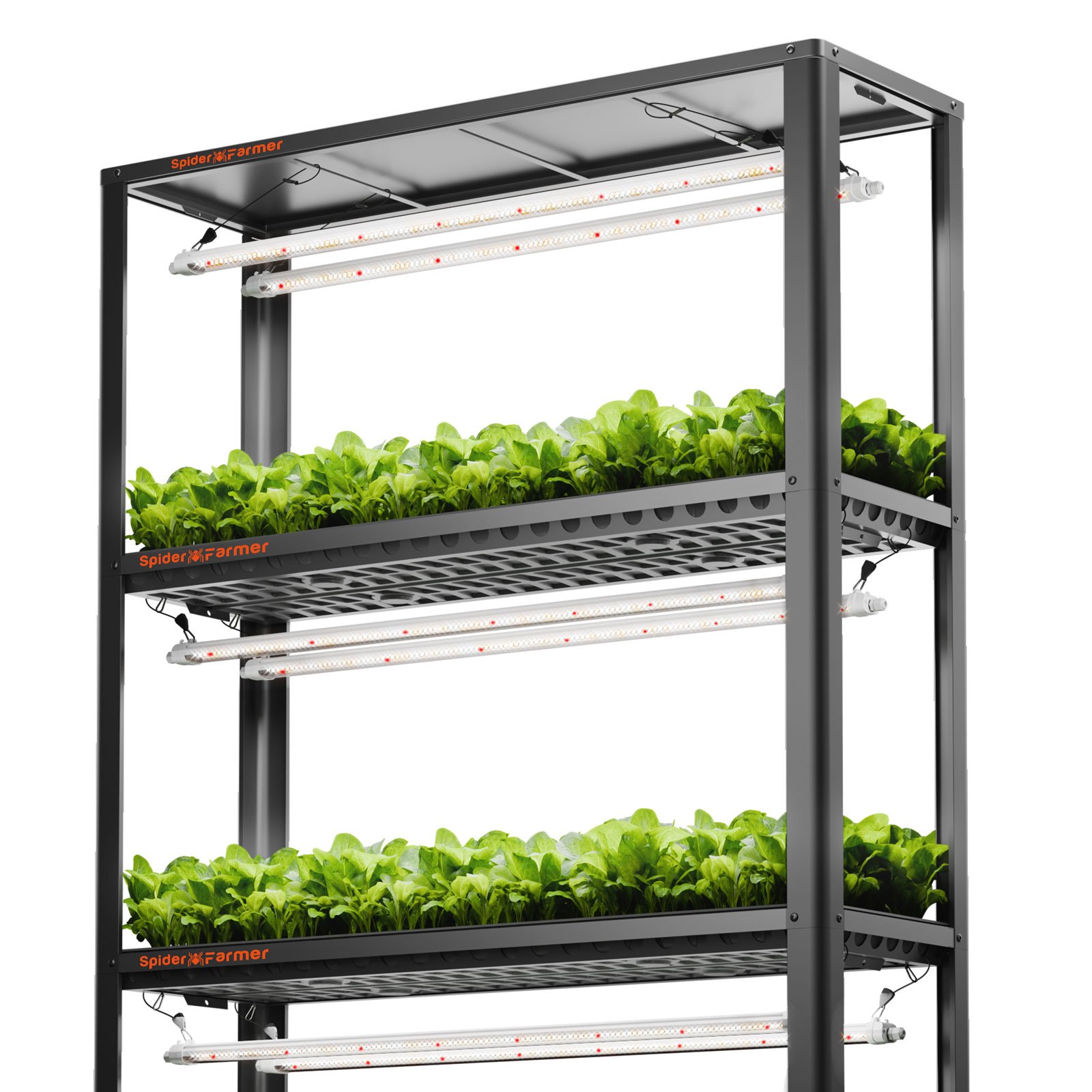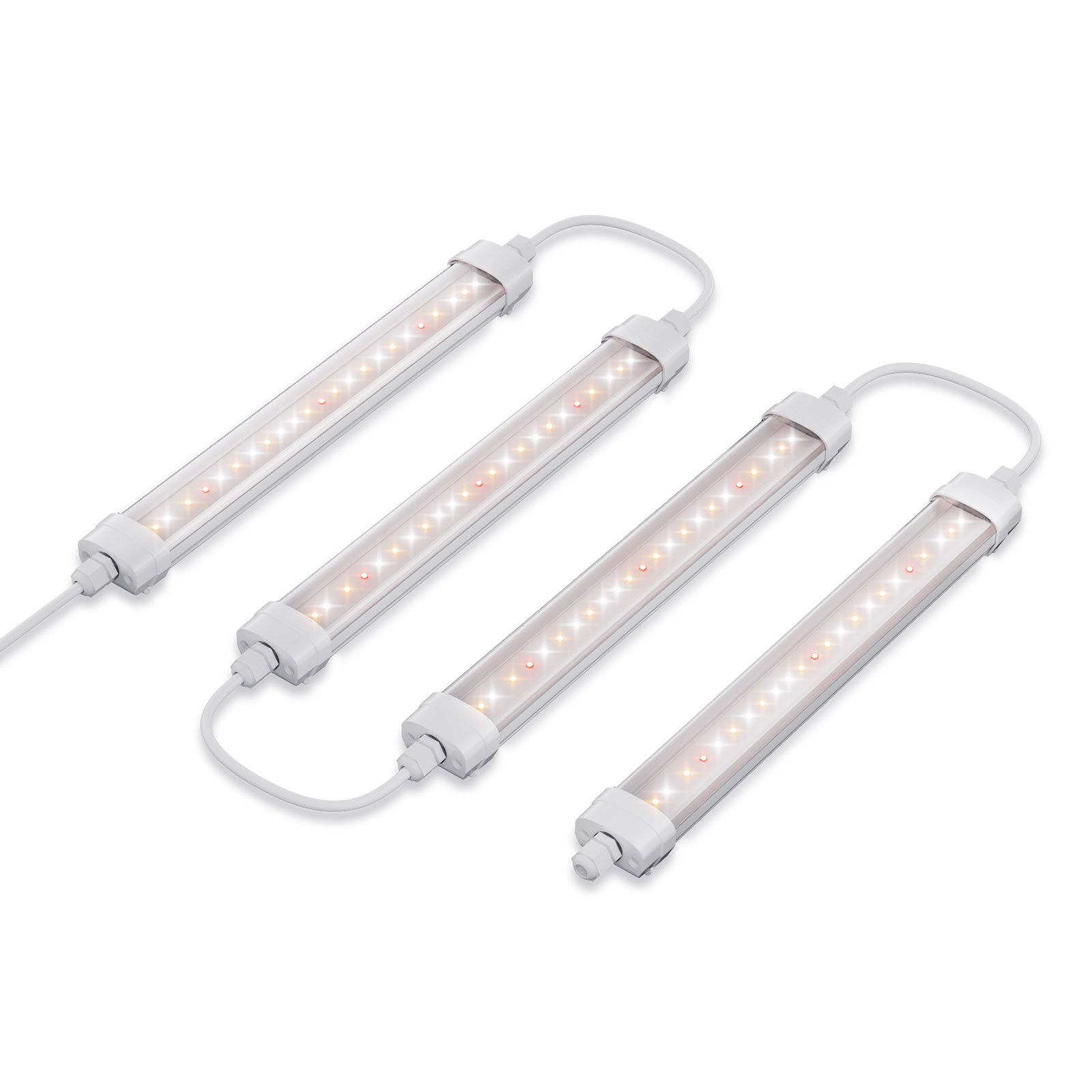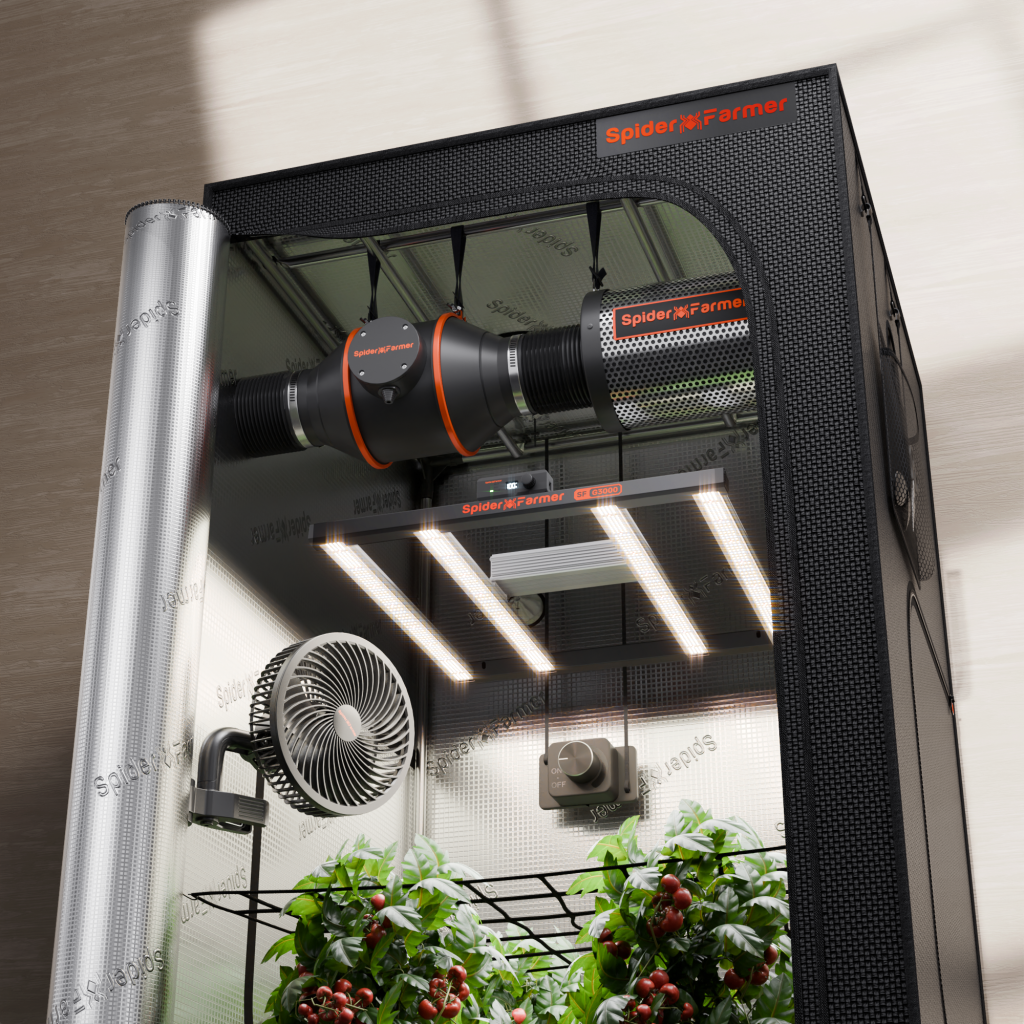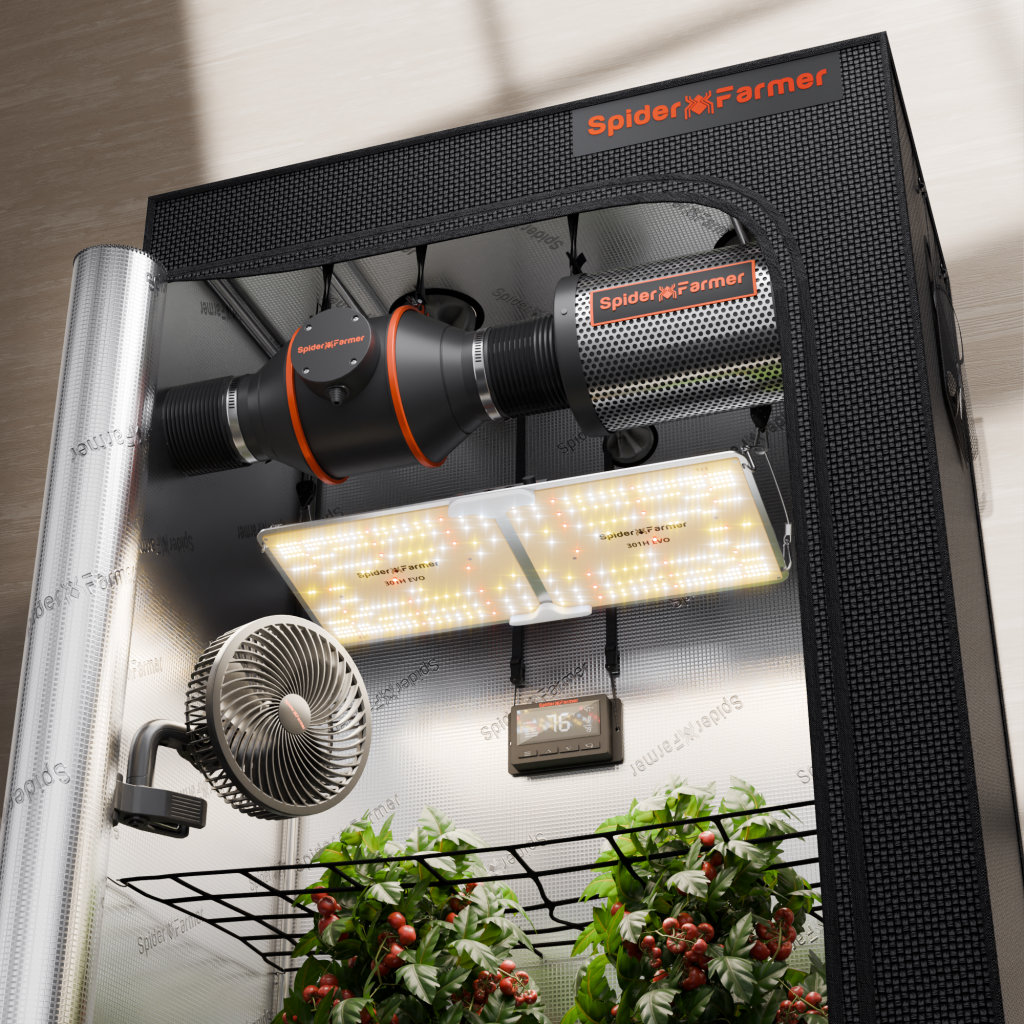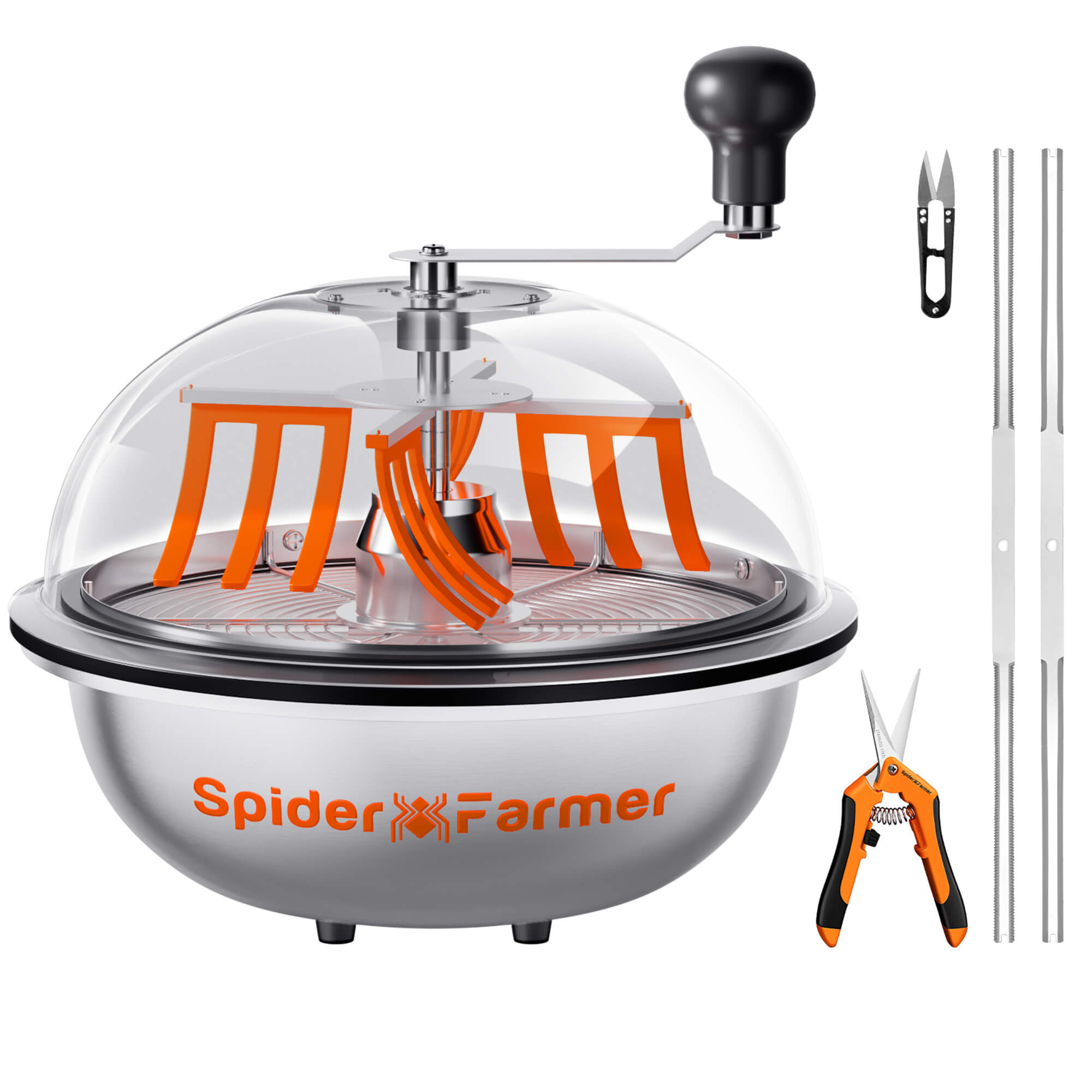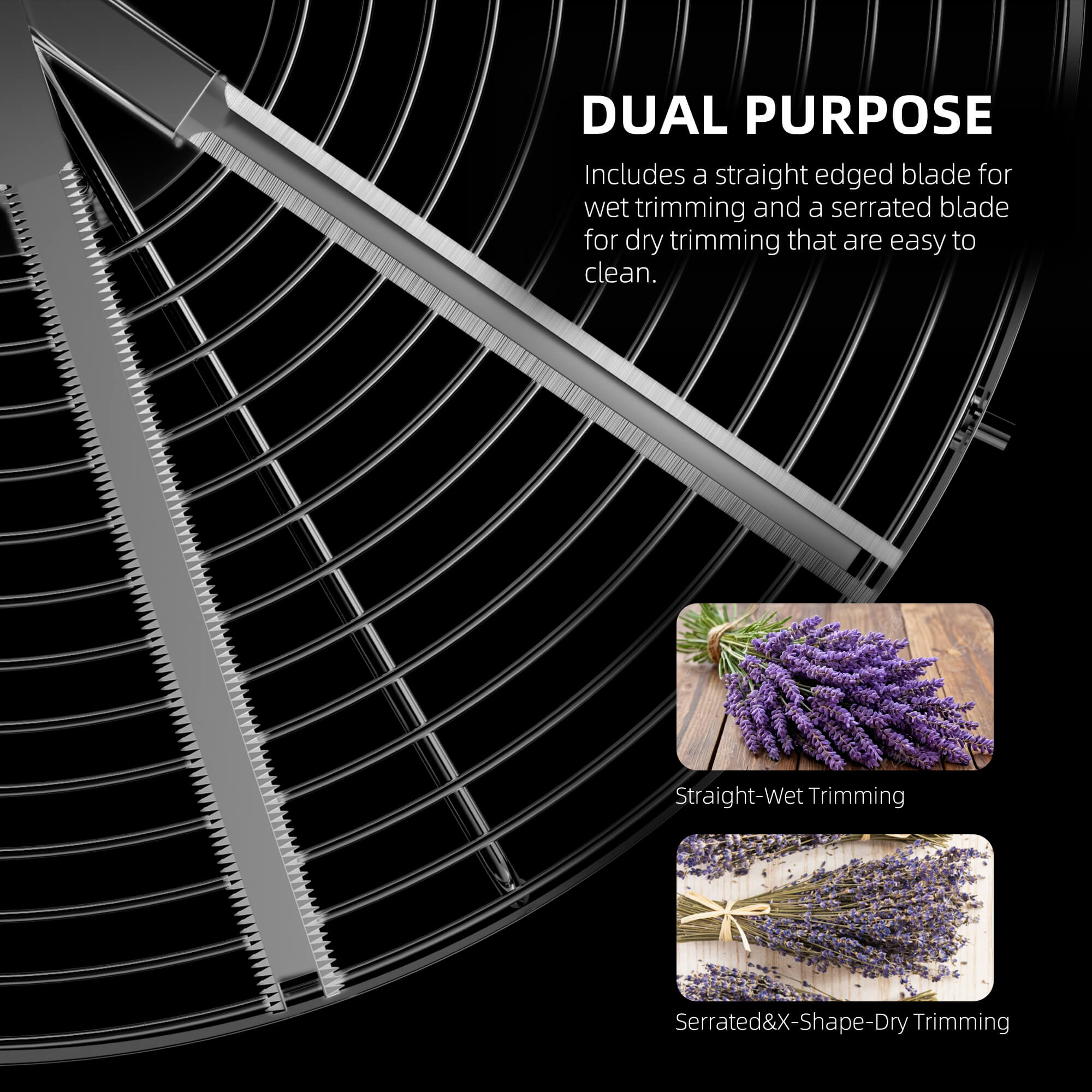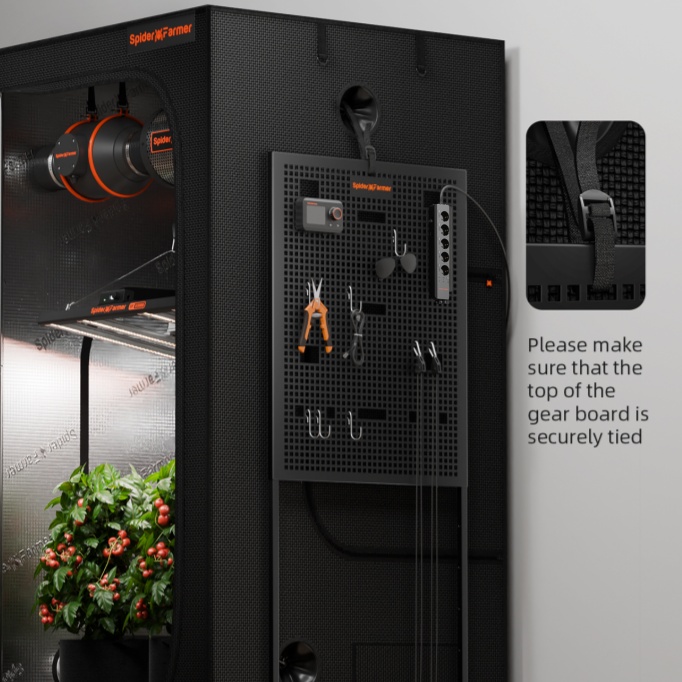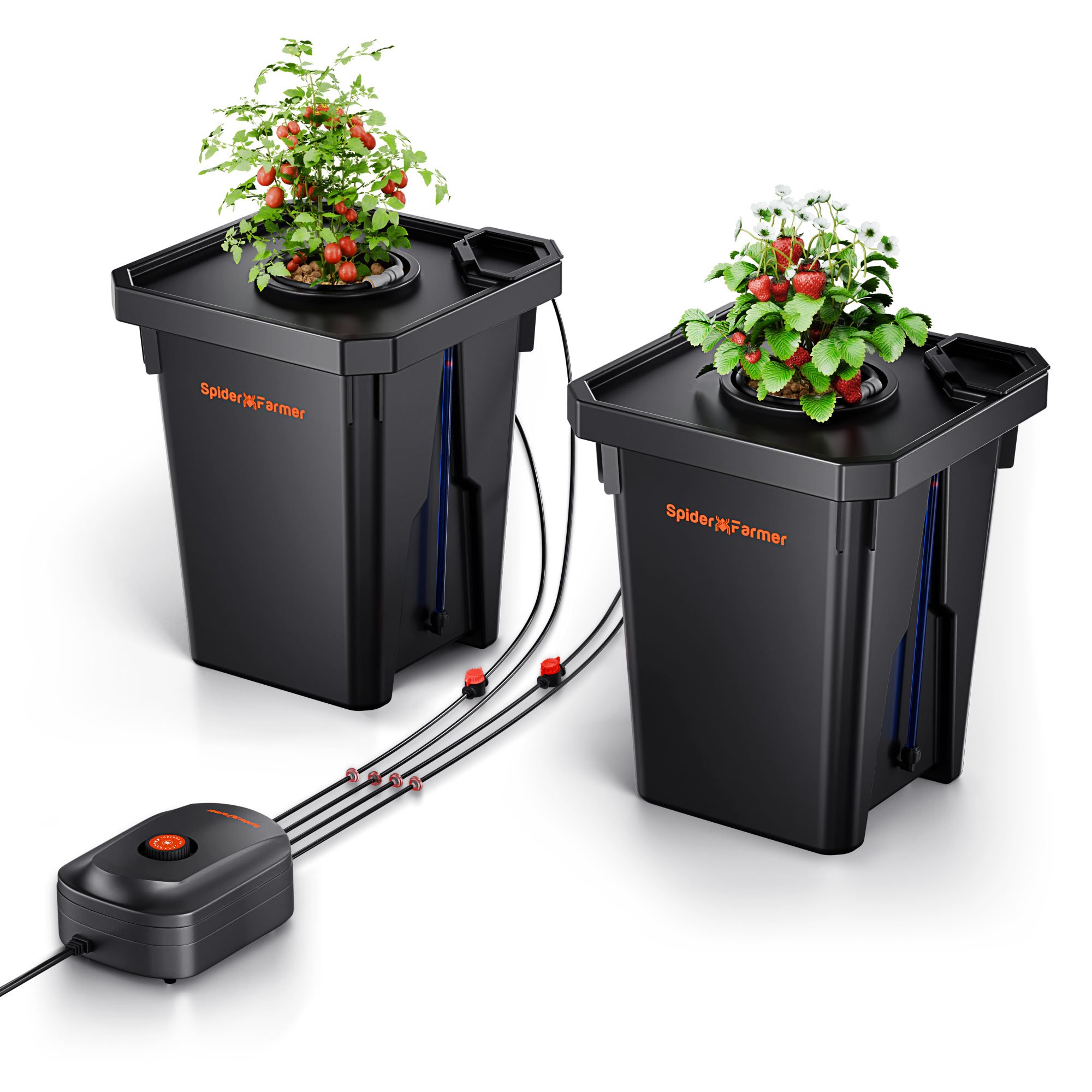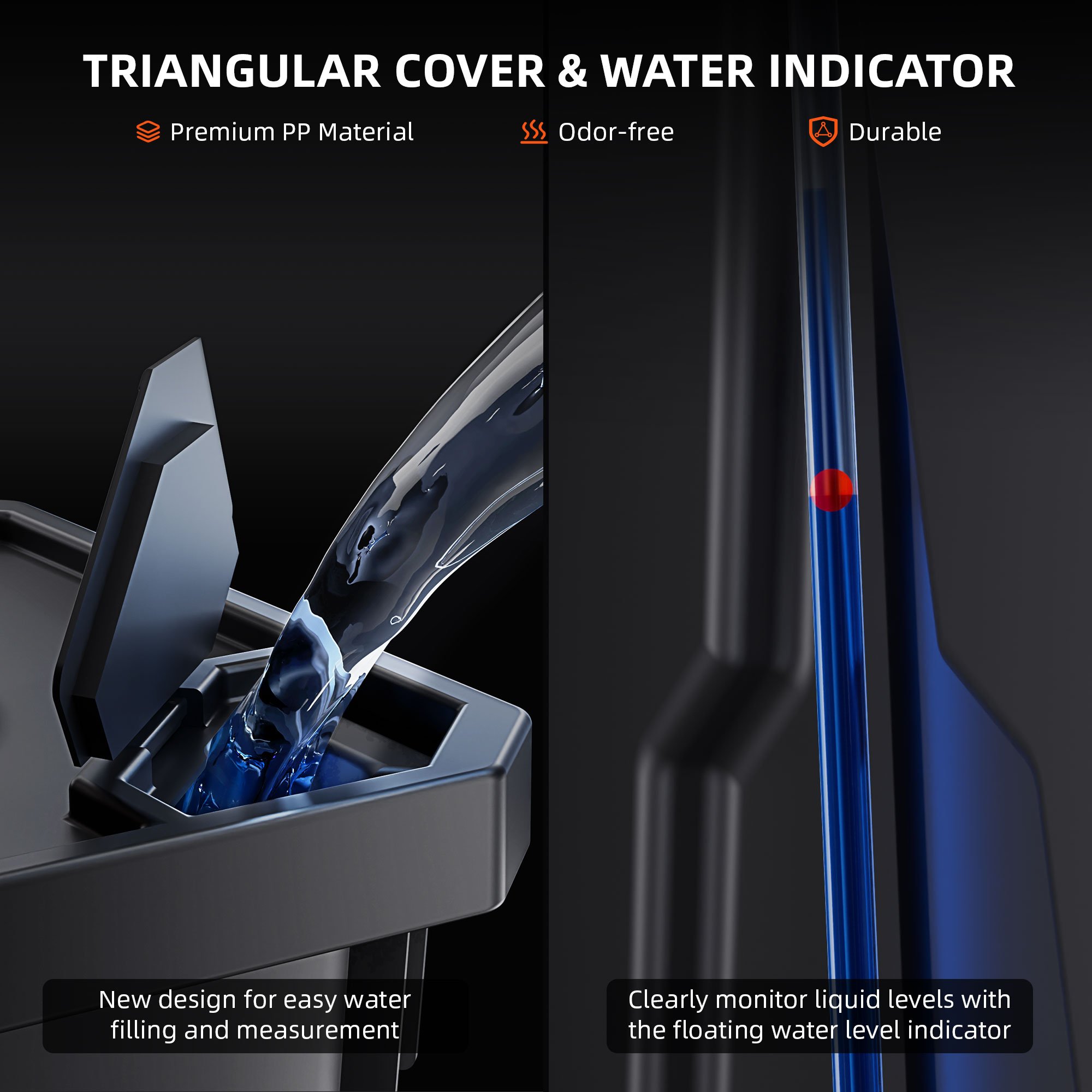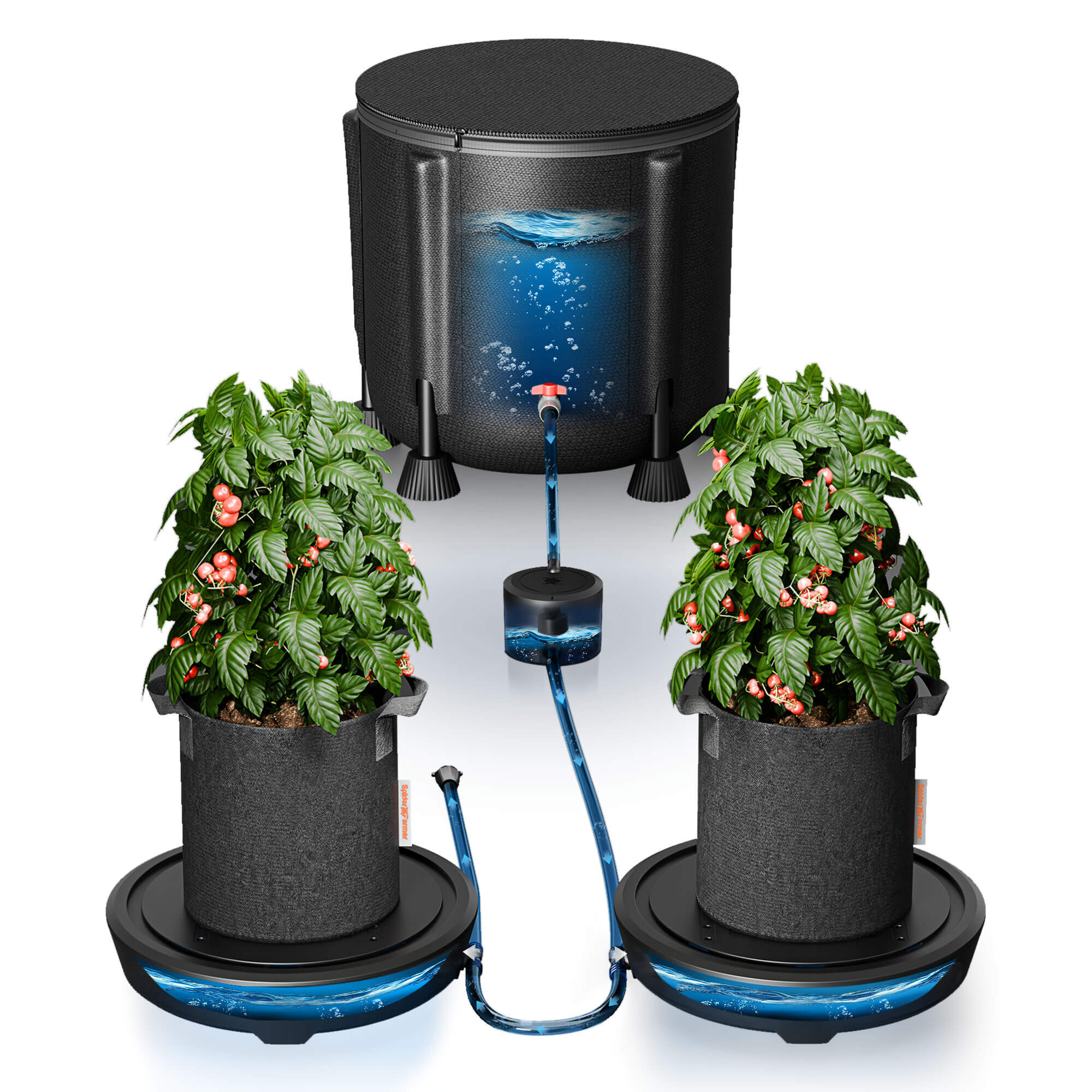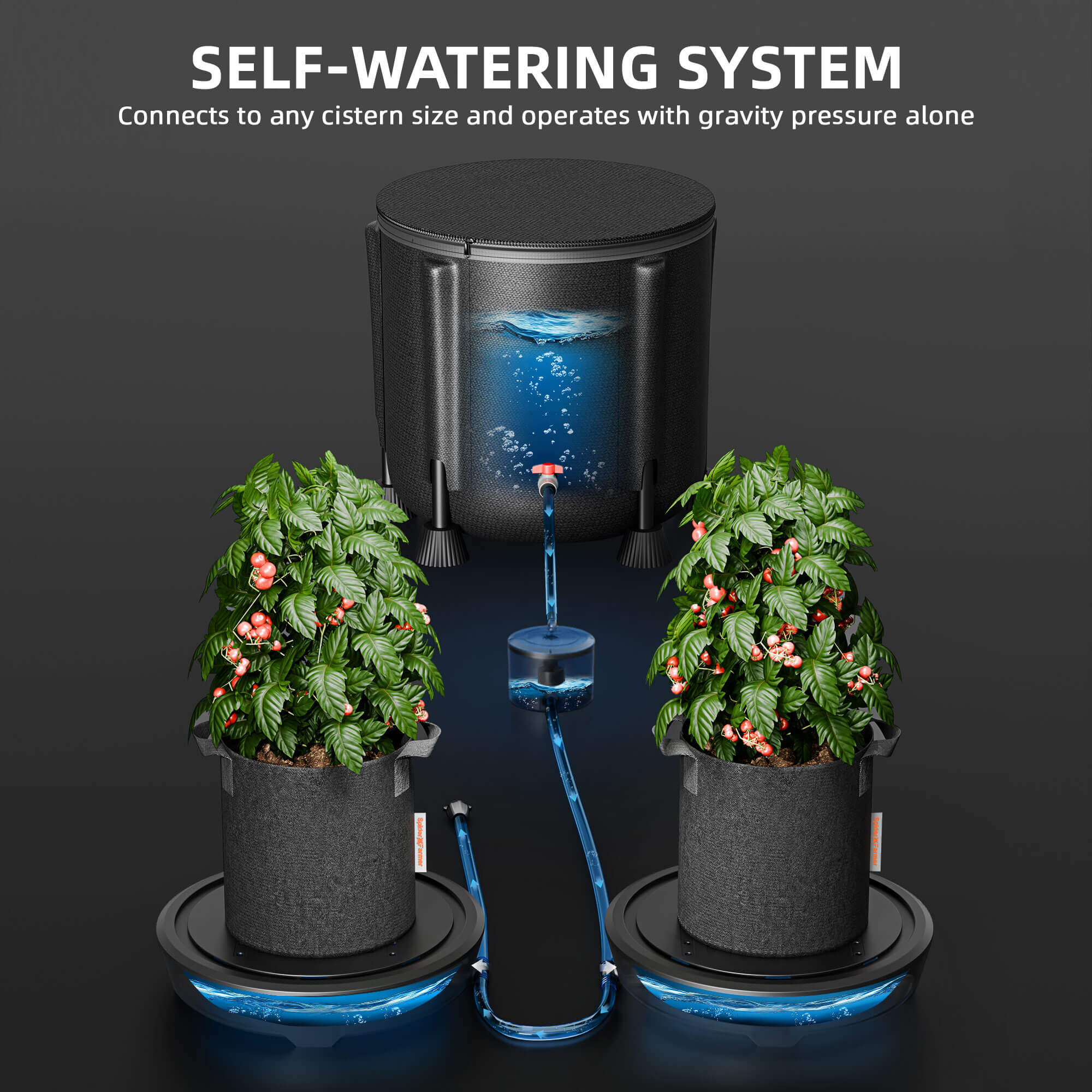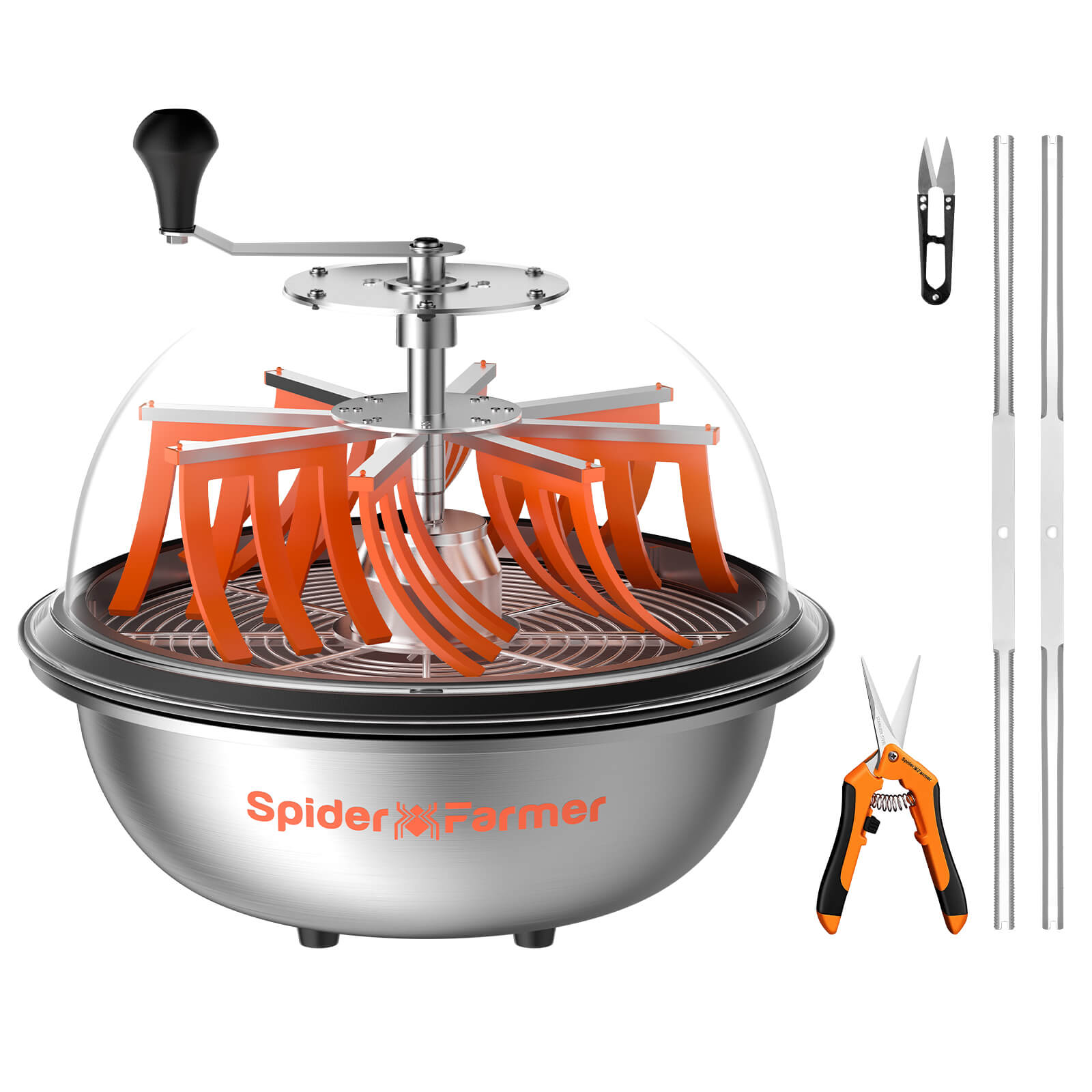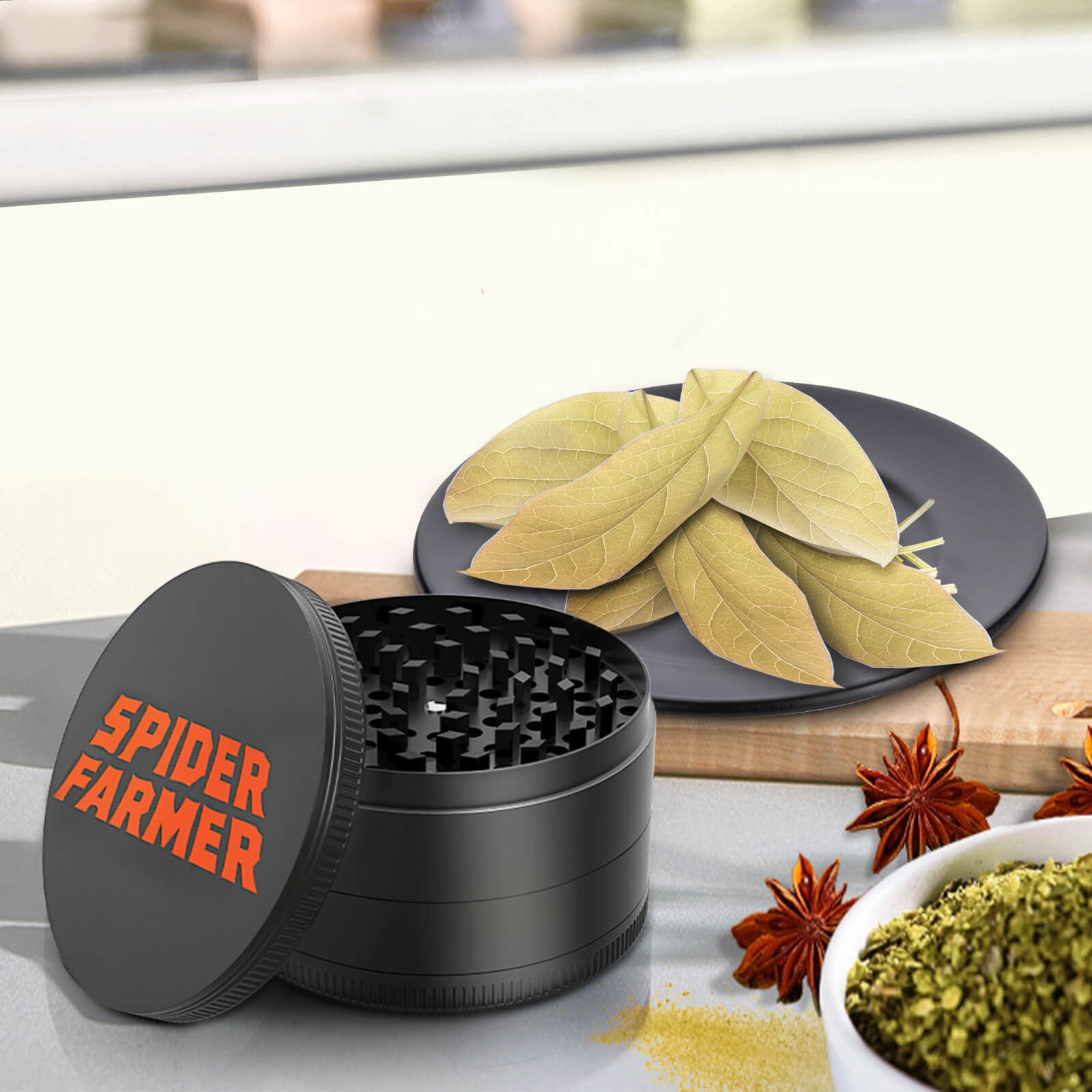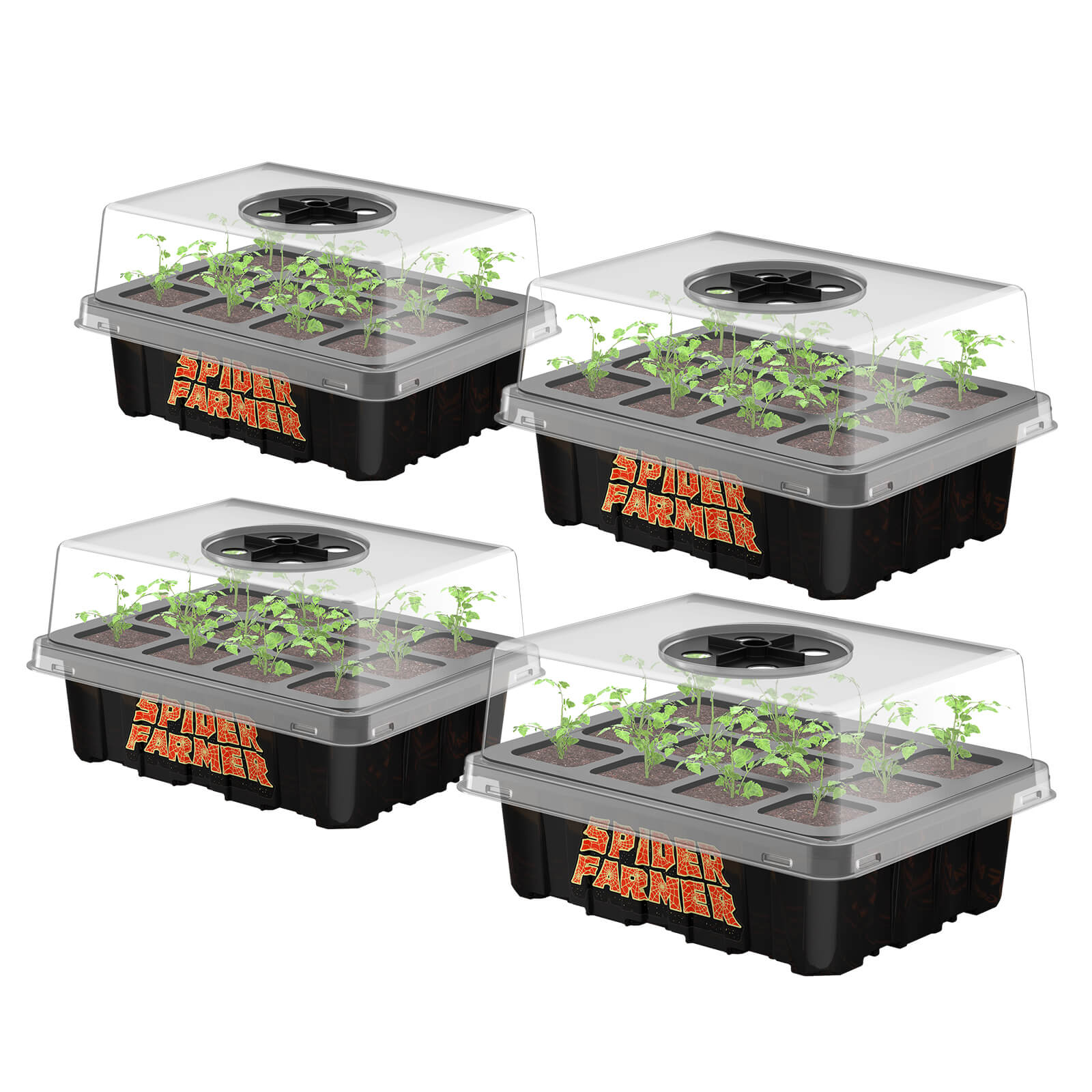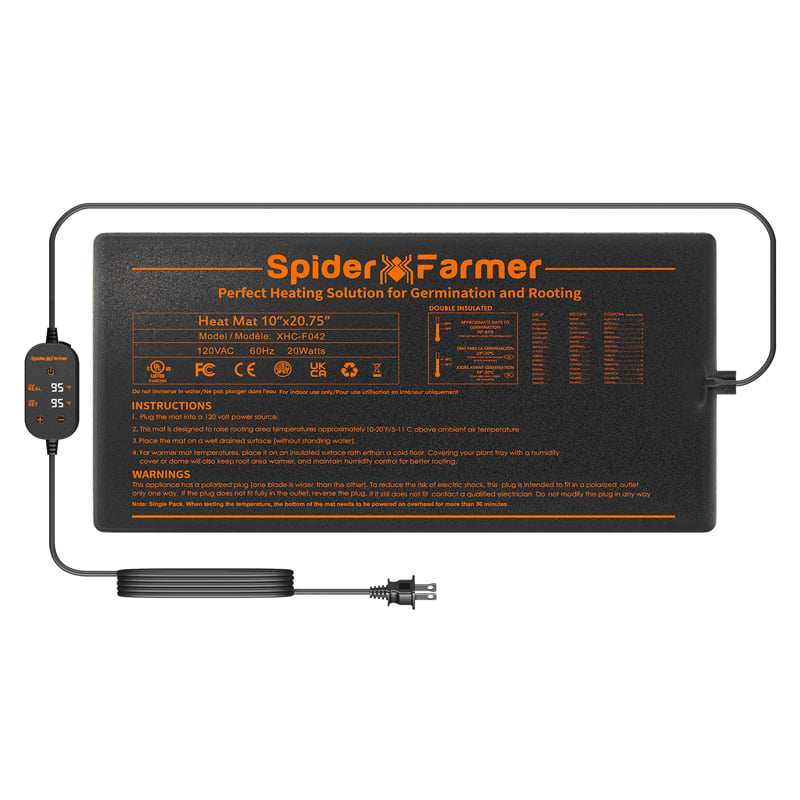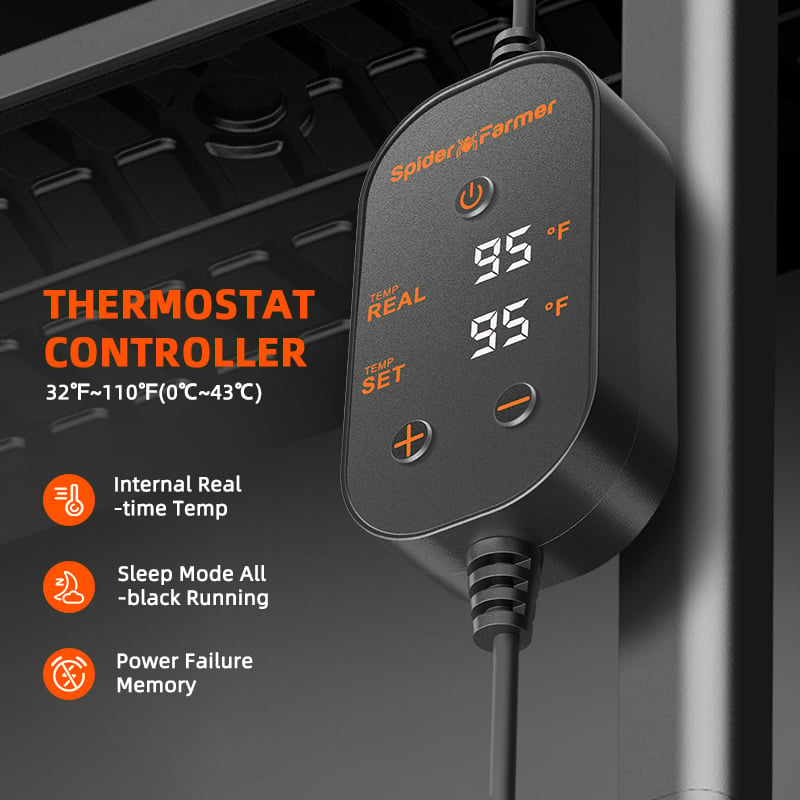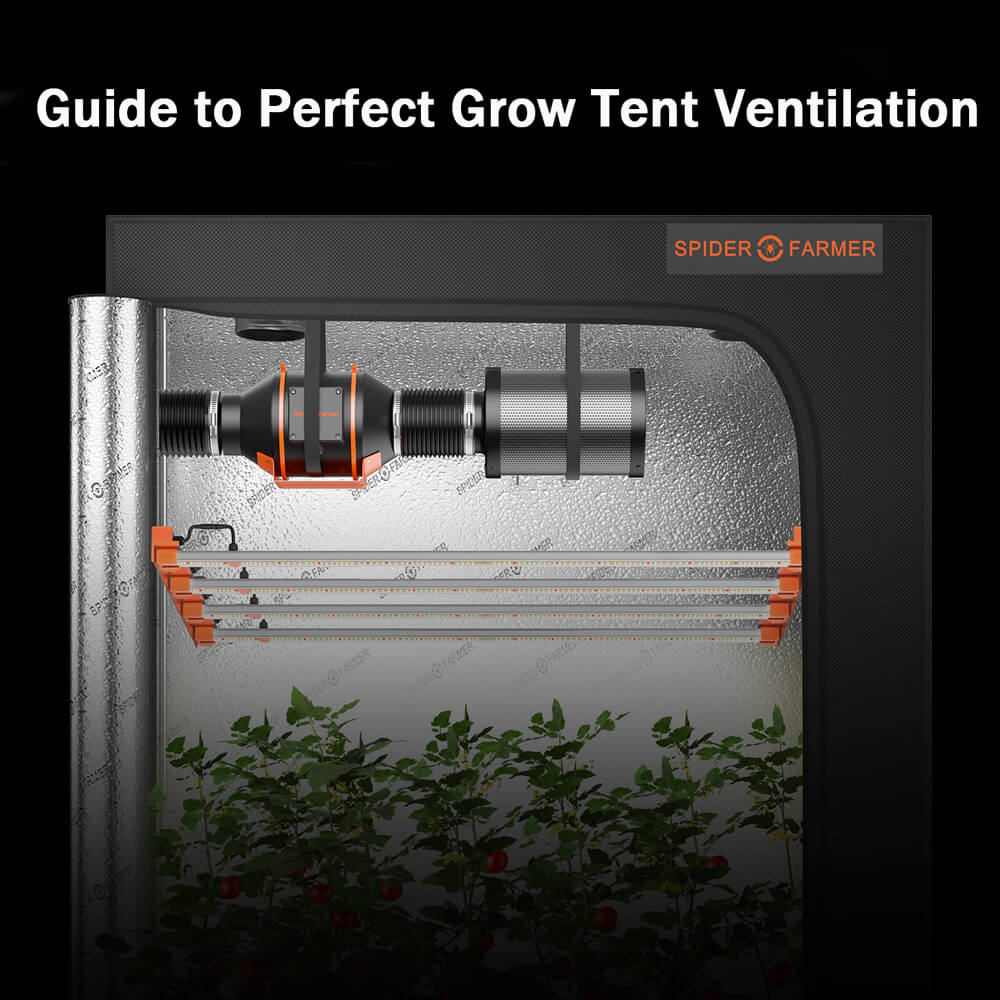If you’re planning to grow plants indoors in a grow tent, one of the most important factors to consider is ventilation. Proper ventilation ensures that your plants receive a sufficient supply of fresh air, while also regulating temperature and humidity levels in the grow tent. Without proper ventilation, your plants could suffer from a variety of problems, such as mold, mildew, or stunted growth.
In this ultimate guide, we’ll cover everything you need to know about how to ventilate in a grow tent, including the different types of ventilation systems, how to calculate your ventilation needs, and tips for maintaining a healthy growing environment for your plants. Whether you’re a beginner or an experienced grower, this guide will help you optimize your grow tent ventilation and achieve the best possible results for your indoor garden.
What Is Grow Tent Ventilation?

Grow tent ventilation refers to the process of exchanging the air within a grow tent to ensure a healthy environment for plants to grow. Grow tents are enclosed spaces where indoor gardening takes place, and proper ventilation is crucial to maintaining optimal growing conditions. Inadequate ventilation can lead to a buildup of heat, humidity, and carbon dioxide, which can negatively impact plant growth and development. To combat these issues, growers use various types of ventilation systems such as inline fans, ducting, and carbon filters to control the temperature, humidity, and air quality within the grow tent. With proper grow tent ventilation setup, growers can create an ideal growing environment for their plants, leading to healthier and more robust yields.
Why Do You Need to Ventilate Your Grow Tent?
Ventilating your grow tent is essential to creating a healthy environment for your plants to grow. Without a proper ventilation system, the air inside the tent can become stagnant, leading to a buildup of heat, humidity, and carbon dioxide. High temperatures can cause plants to wilt, while high humidity levels can create conditions for mold and mildew growth. Carbon dioxide buildup can also lead to plant stress and reduced growth.
Ventilation helps to control these factors by providing a steady supply of fresh air and removing stale air. This also helps to maintain the proper temperature and humidity levels required for optimal plant growth. Additionally, ventilation can help to control odors, especially in situations where certain plants may emit strong or unpleasant smells. Overall, operating a proper ventilation system is crucial to the success of your indoor garden, as it ensures a healthy growing environment and promotes strong, vibrant plant growth.
What Parts Do I Need To Set Up Grow Tent Ventilation?

Inline duct fans can play a crucial role in the success of indoor growing operations. The effects of an inline duct fan can be seen in multiple ways, including improved air circulation, temperature control, and humidity regulation. By increasing air circulation, an inline duct fan can help to distribute fresh air to the plants, reducing the risk of stagnant air, which can lead to a buildup of harmful pathogens and mold growth. This improved air circulation also helps to regulate temperature, ensuring that the plants are kept at the ideal temperature for growth. Additionally, an inline duct fan can be used in conjunction with a carbon filter to remove odors and contaminants from the air, preventing unwanted smells from spreading beyond the grow room.
Humidity regulation is also critical in indoor growing, and an inline duct fan can be used to control humidity levels, preventing excess moisture from accumulating and leading to mold growth. Furthermore, an inline duct fan can be used to provide the necessary airflow for plant growth, helping to distribute CO2 and other nutrients more efficiently throughout the grow room. Ultimately, the effects of operating an inline duct fan can lead to improved plant health, increased yields, and greater overall success in indoor growing operations.
Carbon filters are essential components in indoor growing equipment as they help to mitigate the adverse effects of odor and harmful gasses. Carbon filters are designed to trap and absorb impurities from the air, including carbon dioxide, volatile organic compounds, and other harmful gasses, creating a cleaner and safer growing environment. They work by forcing the air through the activated carbon, which attracts and captures these impurities. By eliminating these impurities, carbon filters not only help to improve air quality but also reduce the risk of plant damage caused by excess CO2 or other harmful gasses.
Additionally, carbon filters can help to control temperature and humidity levels, which are crucial components for optimal plant growth. Without proper ventilation and air purification systems, the accumulation of these gasses and impurities can lead to plant stress, disease, and reduced yields. Therefore, incorporating a high-quality carbon filter into an indoor growing setup can have significant benefits in terms of plant health, yield, and overall growing success.
Duct tubes are a crucial component in indoor growing equipment as they play a critical role in maintaining proper air circulation and ventilation. By regulating the flow of air, duct tubes help to prevent the buildup of harmful gases, excessive humidity, and other environmental factors that can impede plant growth. They also help to distribute fresh air throughout the growing area, ensuring that plants receive adequate amounts of oxygen and carbon dioxide, which are essential for photosynthesis. In addition to regulating air circulation, duct tubes can also help to control temperature levels in the growing area. By channeling air through the tubes, growers can direct the flow of cool or warm air to different areas of the growing space, helping to create a more stable and optimal temperature range for plants. Without proper air circulation and ventilation, indoor growing environments can become stagnant, leading to a host of problems such as mold, mildew, and plant diseases.
- Duct clamps
Duct clamps are an essential accessory in indoor growing setups as they help to secure duct tubes and ensure a tight seal between sections of ducting. They play a critical role in maintaining proper air circulation and ventilation by preventing leaks and controlling the flow of air. Duct clamps are designed to fit tightly around the ducting, forming a seal that prevents air from escaping or entering the ducting at the wrong location. This is especially important in indoor growing environments where any unwanted airflows can negatively impact plant growth and health. By using duct clamps to secure ducting, growers can ensure that air is properly directed to the intended locations, optimizing air circulation and ventilation.
In addition, duct clamps can help to prevent dust and other contaminants from entering the ducting, further with airflow and protecting the plants from potential harm. Without duct clamps, ducting can become loose, leading to leaks and improper air circulation, which can negatively impact plant growth and health. Therefore, incorporating high-quality duct clamps into an indoor growing setup can have significant benefits in terms of plant health, growth, and overall yield.
What Size Fan Do I Need for My Grow Tent?
To determine the size of the fan needed to push air out for a grow tent, you need to calculate the volume of your grow tent in cubic feet by multiplying its length, width, and height. Once you know the volume, you can determine the capacity of the fan required to replace all the air in your tent in one minute. Fan capacity is measured in cubic feet per minute (CFM). For example, if you have a 5x5x6.5 foot grow tent with a total volume of 162.5 ft³, you would need a fan with a capacity of 162.5 CFM to replace all the air in your tent in one minute.
The table below shows recommended fan sizes for common grow tent sizes:
• For airflow below 205 CFM: 4″ fans
• For airflow below 402 CFM: 6″ fans
• For airflow above 402 CFM: multiple fans
It’s important not to oversize or undersize your inline fan as it can lead to an inefficient ventilation system and higher energy bills. If you already have an exhaust fan in your system that is sized properly, you can typically size down about 20-30% on your inline fan.
There are two types of fan setups that can be used in a grow tent – passive and active. Passive setups use only one inline fan to exhaust hot air from your grow space while active setups use both an inline exhaust fan and an oscillating clip fan for better air circulation.
Setting Up Your Indoor Grow Room Ventilation System
Setting up a proper ventilation system is one of the most important steps to ensuring the success of your indoor garden. When selecting an inline fan and carbon filter, it’s important to consider the size of your grow tent and the number of plants you plan to grow. The fan and filter should be positioned inside of the tent, so they can draw air out and away from the plants, removing any stale or humid air. You can attach the fan and filter to each other using ducting and then cut holes in your tent for the ducting to pass through. Make sure to secure the ducting to the tent using duct clamps to avoid any potential leaks.
Additionally, installing an inline duct fan inside the tent can promote air circulation, which can help prevent stagnant pockets of air that could lead to mold or other harmful conditions. It’s also important to monitor the temperature and humidity levels inside the tent and adjust the fan speed accordingly to maintain optimal growing conditions. With a well-designed ventilation system you can provide your plants with the fresh air and climate they need to thrive and produce healthy yields.
To Sum Up…
In conclusion, a proper ventilation system is crucial for the success of any indoor grow operation, and using a grow tent ventilation system is an effective way to achieve it. By selecting the right size of inline fans, carbon filters, ducting, etc, you can maintain optimal temperature, humidity, and air circulation levels for your plants. Regular monitoring of your grow tent environment, as well as periodic maintenance and cleaning of your ventilation system, will ensure healthy plant growth and maximize your yields. With the help of this complete guide to grow tent ventilation, you should now have a solid understanding of how to set up and maintain your own ventilation system for your indoor garden.



